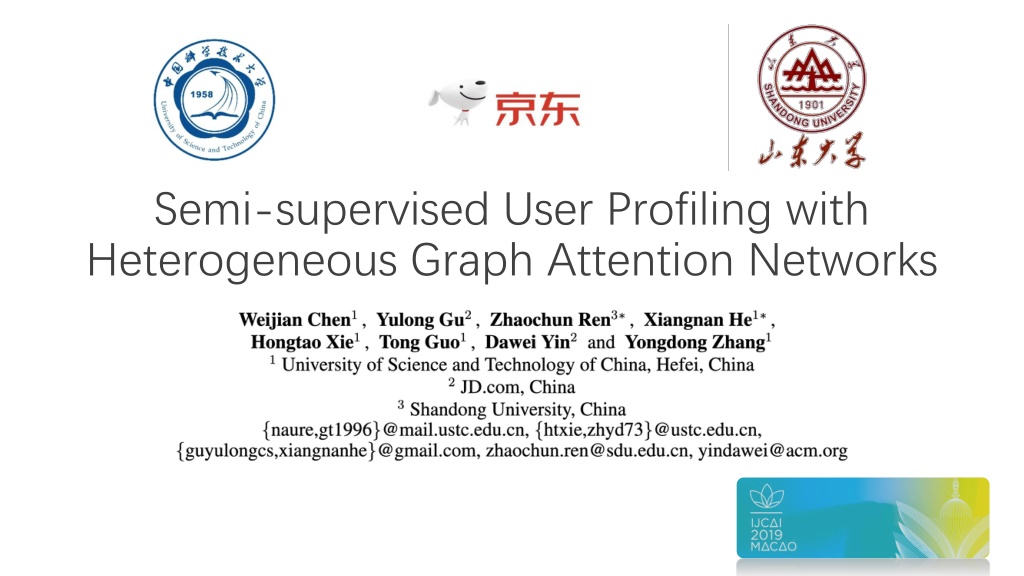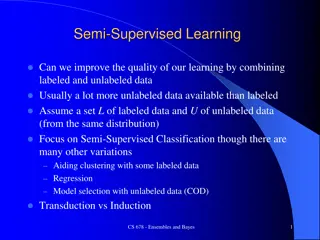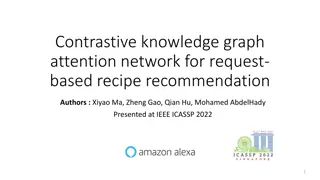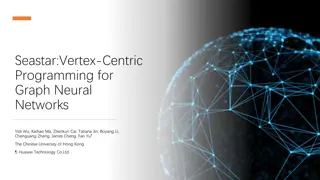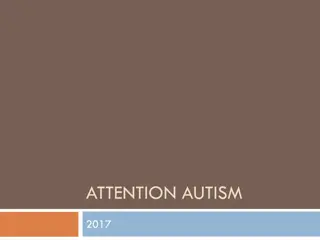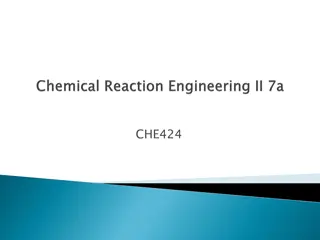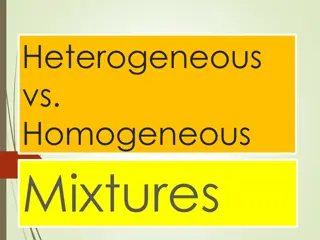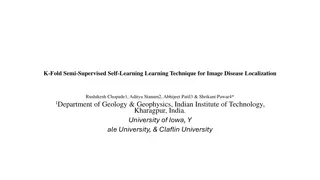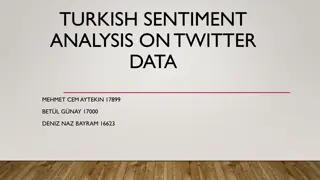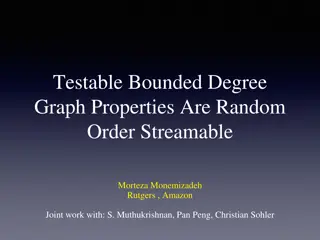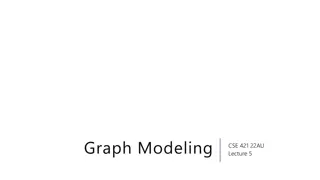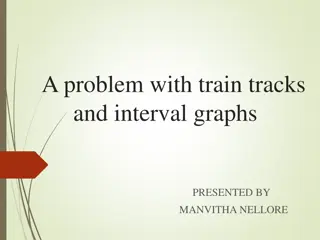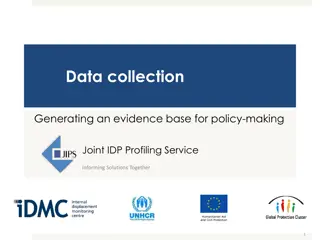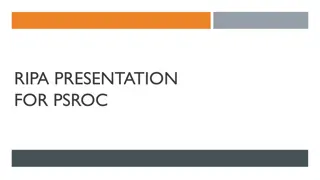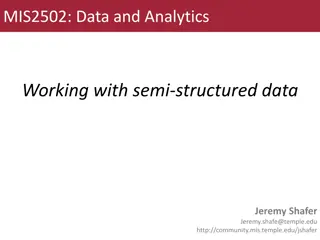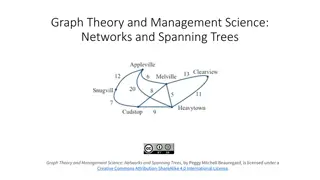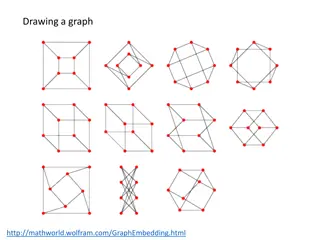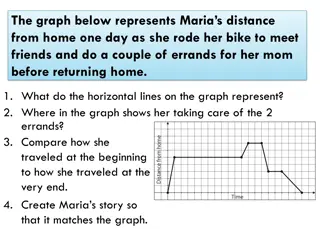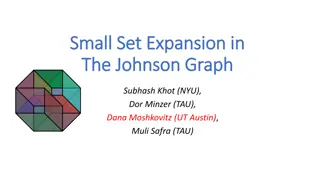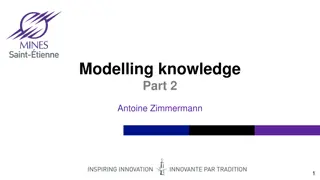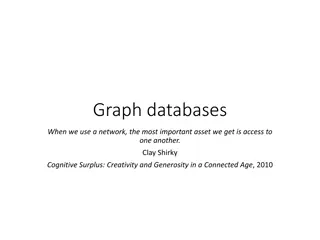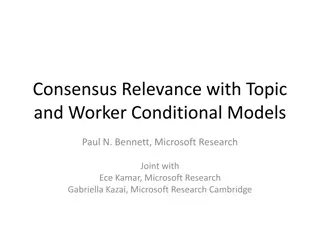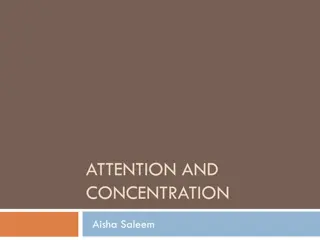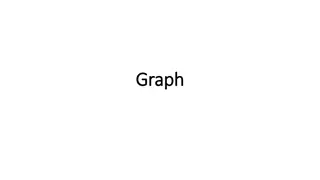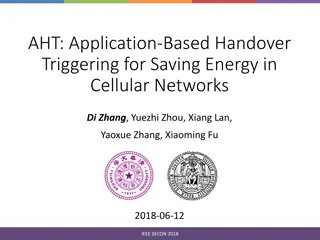Semi-Supervised User Profiling with Heterogeneous Graph Attention Networks
Utilizing heterogeneous graph attention networks, this study addresses the limitations of existing user profiling methods by integrating multiple data types and capturing rich interactions in user data. The approach tackles critical problems in representation learning, information propagation, and model training, leading to enhanced user profiling in heterogeneous graphs.
- User profiling
- Graph attention networks
- Semi-supervised learning
- Heterogeneous graphs
- Representation learning
Download Presentation

Please find below an Image/Link to download the presentation.
The content on the website is provided AS IS for your information and personal use only. It may not be sold, licensed, or shared on other websites without obtaining consent from the author. Download presentation by click this link. If you encounter any issues during the download, it is possible that the publisher has removed the file from their server.
E N D
Presentation Transcript
Semi-supervised User Profiling with Heterogeneous Graph Attention Networks
Contents Motivation Problems Methods Experiments Conclusion 2
Motivation Existing user profiling methods suffer from two common issues: Only one type of information is used to infer user s profile, whereas other types of data cannot be naturally integrated. Only self-generated data is exploited to learn the user profiling representation, whereas the rich interactions among data instances are neglected. User Profiling in the heterogeneous graph The heterogeneous information should be considered in user profiling! 3
Problems For the representation learning in a heterogeneous graph, there exist three critical problems: 1. How embeddings of nodes are updated? Heterogeneous Graph Attention Operations 2. How the information is propagated in the graph? Meta-path aware Graph Propagation 3. How to train a model on the big graph? Mini Heterogeneous Graph Sampling User Profiling in the heterogeneous graph 4
Methods Heterogeneous Graph Attention Operations a) Vanilla Attention Operation b) Graph Convolutional Operation adjacency matrix context vector identity matrix degree matrix 5
Methods Heterogeneous Graph Attention Operations c) Graph Attention Operation computes the attention scores update the embedding of node i apply K-head attention to increase the representation power 6
Methods Meta-path aware Graph Propagation a) Attribute-Item subgraph. consists of attributes, items and their interactions. b) Item-User subgraph. consists of items, users and their interactions. c) User-User subgraph. consists of users and edges between them.. Attribute-Item layer. Vanilla Attention Operation Item-User layer. Vanilla Attention Operation User-User layer. Graph Convolutional Operation/ Graph Attention Operation 7
Methods Mini Heterogeneous Graph Sampling a) User-User mini graph. I. Sample Lu1users from the user s neighbors and denote them as us1; II. For each user in us1, we sample Lu2users from the user s neighbors; III. Iteratively perform these operations k times to obtain k-hop neighborhood. b) Item-User mini graph. For each user in the k-hop mini graph, we sample Li items that the user has interacted with. c) Attribute-Item mini graph. For each item in the Item-User mini graph, we sample Lt attributes to describe the item. 8
Methods Loss Function: Cross Entropy Overall Framework Vanilla Attention Operation Graph Convolutional/Attention Operation 9
Experiments Dataset Statistics of nodes and edges in collected JD dataset Statistics of each label in collected JD dataset 10
Experiments Results From this table, we can find that: a) For gender prediction, HGAT achieves the best results in both Accuracy and Macro-F1. b) For age prediction, HGAT achieves the best results in the metric of Accuracy and HGCN achieves the best results in the metric of Macro-F1. c) HGAT and HGCN both achieve impressive improvements than state-of-the-art methods like GCN and GAT, which proves the superiority of our framework. 11
Experiments Ablation Study From the experiment results in this figure, we can find that: a) The prediction performance is improved when we add the Attribute- Item Layer and Item-User Layer, which exploit attention operations to automatically learn embeddings of items and users based on information in their neighborhoods. b) The information propagation operations between heterogeneous nodes are effective for user profiling in the heterogeneous graph. c) Our framework can effectively integrate the heterogeneous data in the network and achieve appealing performance for user profiling. 12
Conclusion In this paper, we have addressed the task of user profiling in a semi-supervised manner, which aims to solve two challenges in user profiling: single type of input data and negligence of semi-supervised signals. Our framework heterogeneous graph attention network (HGAT) can automatically model multi-relation graph structure and node features in heterogeneous networks for user profiling, without the need of designing hand-crafted features or fusion method. Experiments show that HGAT outperforms state-of-the-art baselines and verify the effectiveness of components in HGAT. Thus, HGAT is capable to leverage both unsupervised information and limited labels of user to construct the predictor. 13
Data Science Lab @ JD.com Job Positions: Research Scientists and Interns If you are passionate about Recommender Systems, Information Retrieval, Deep Learning, Reinforcement Learning, Graph Neural Networks, NLP, CV and DM, welcome to join us!! Contact: guyulongcs@gmail.com https://datascience.jd.com/ AoYunCun, Chaoyang Qu, North Star Century Center, Beijing, China 14
